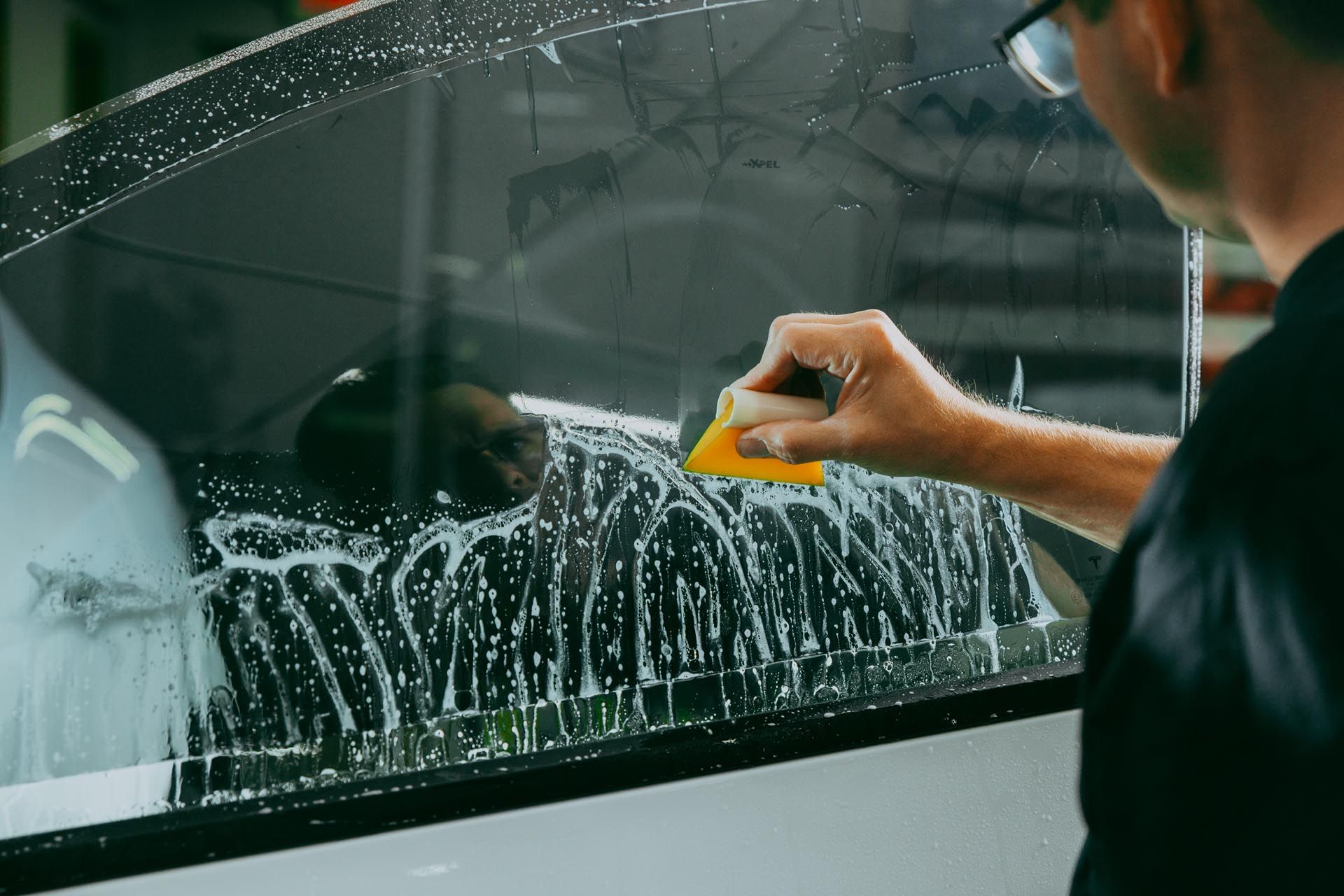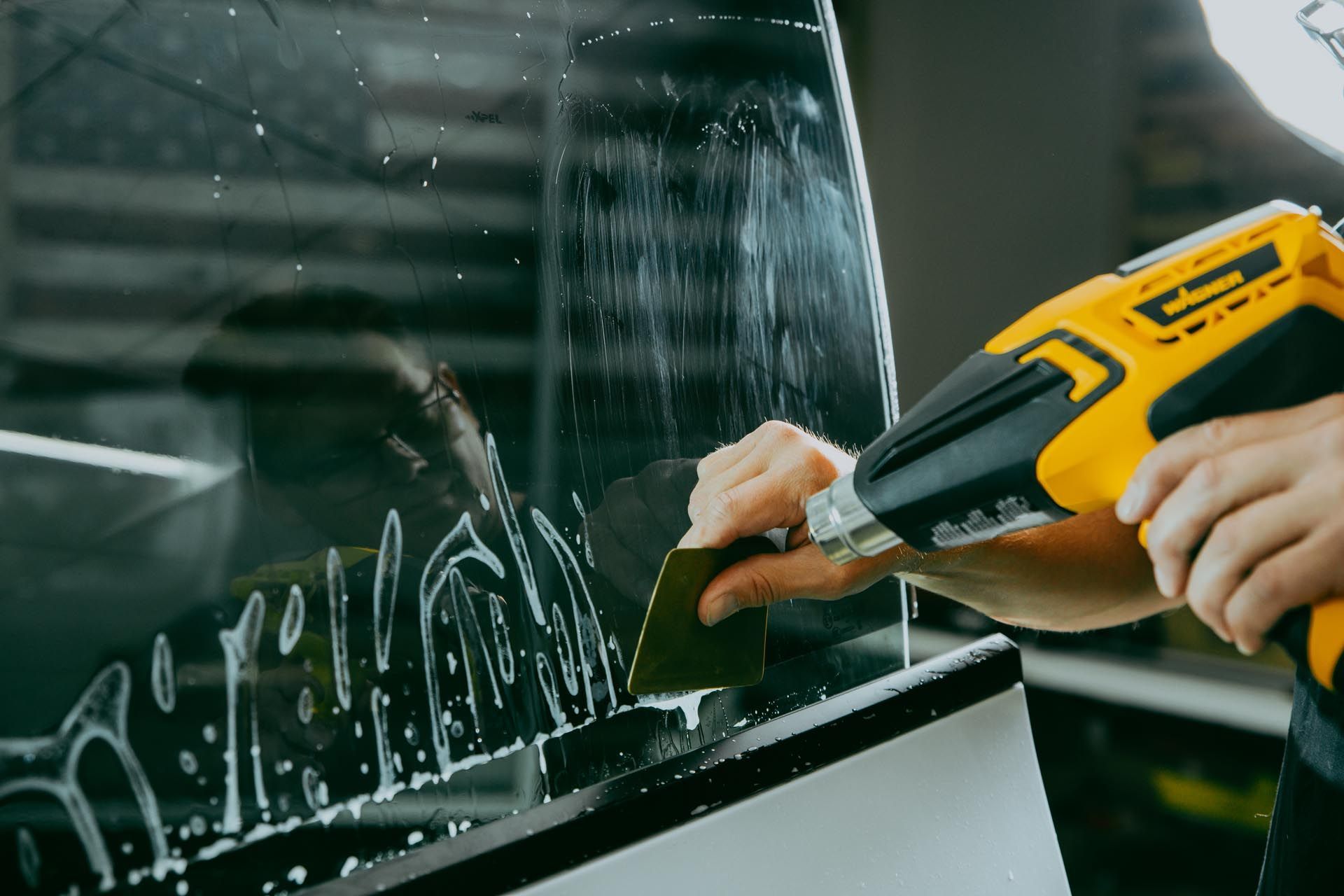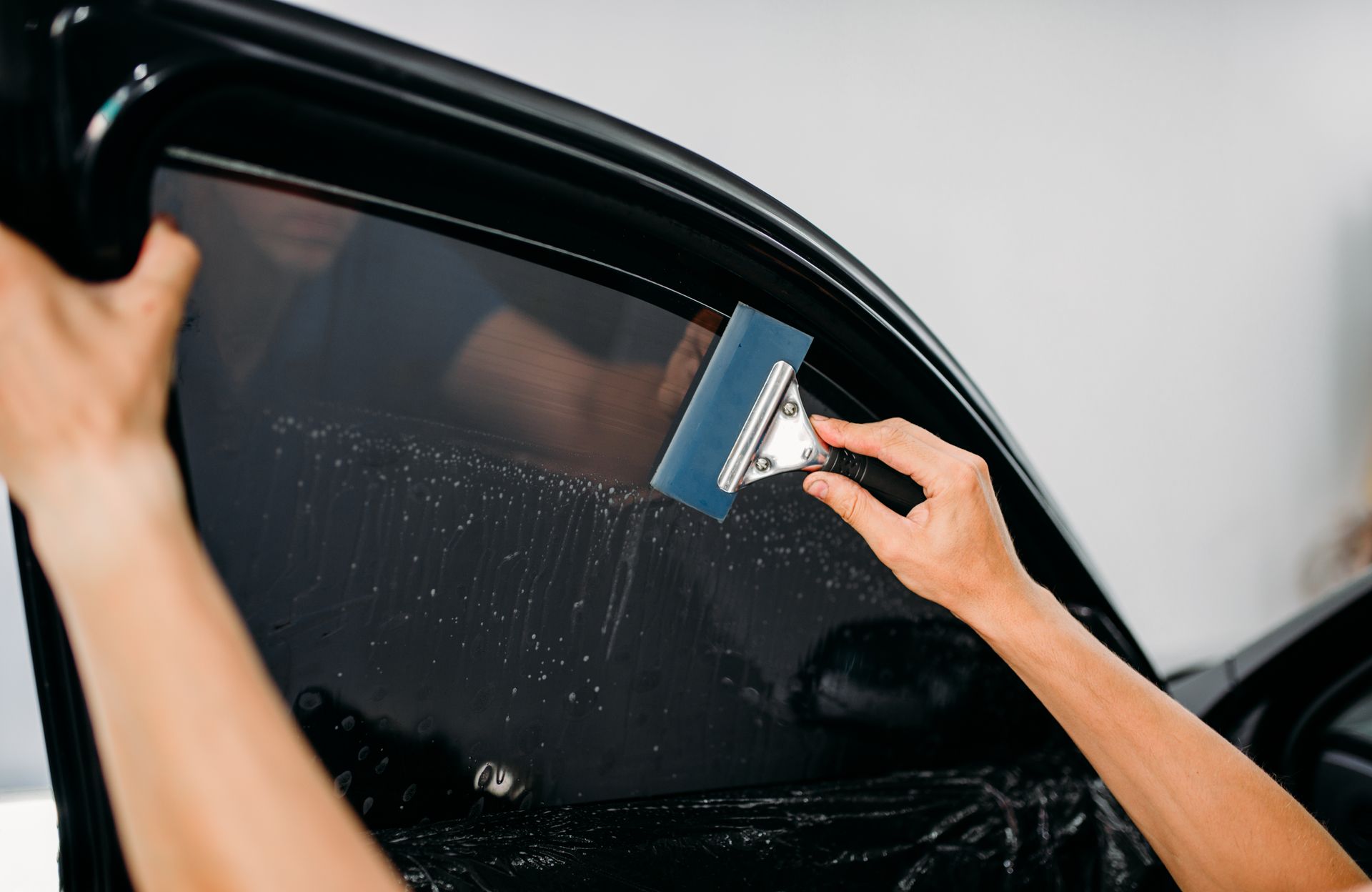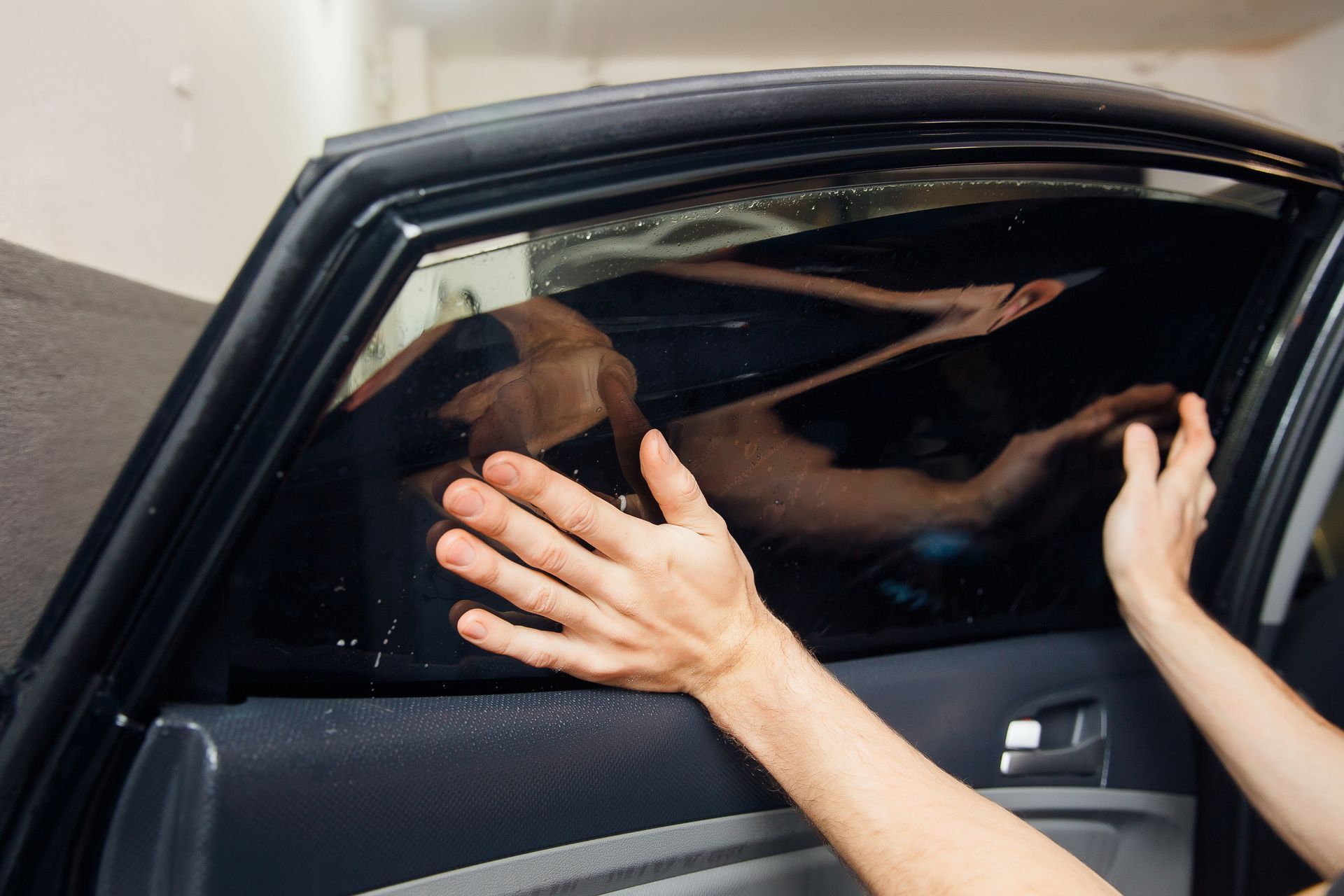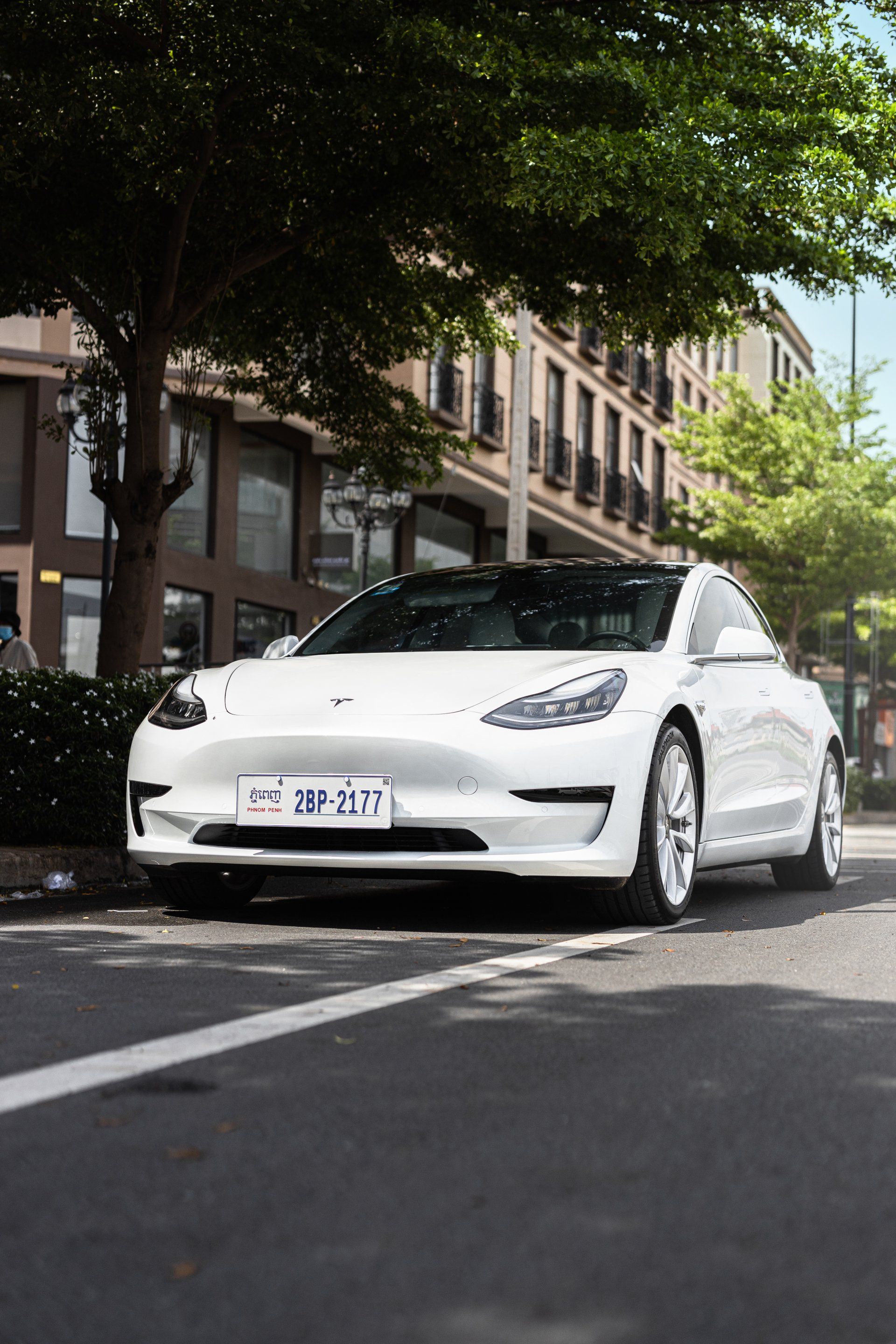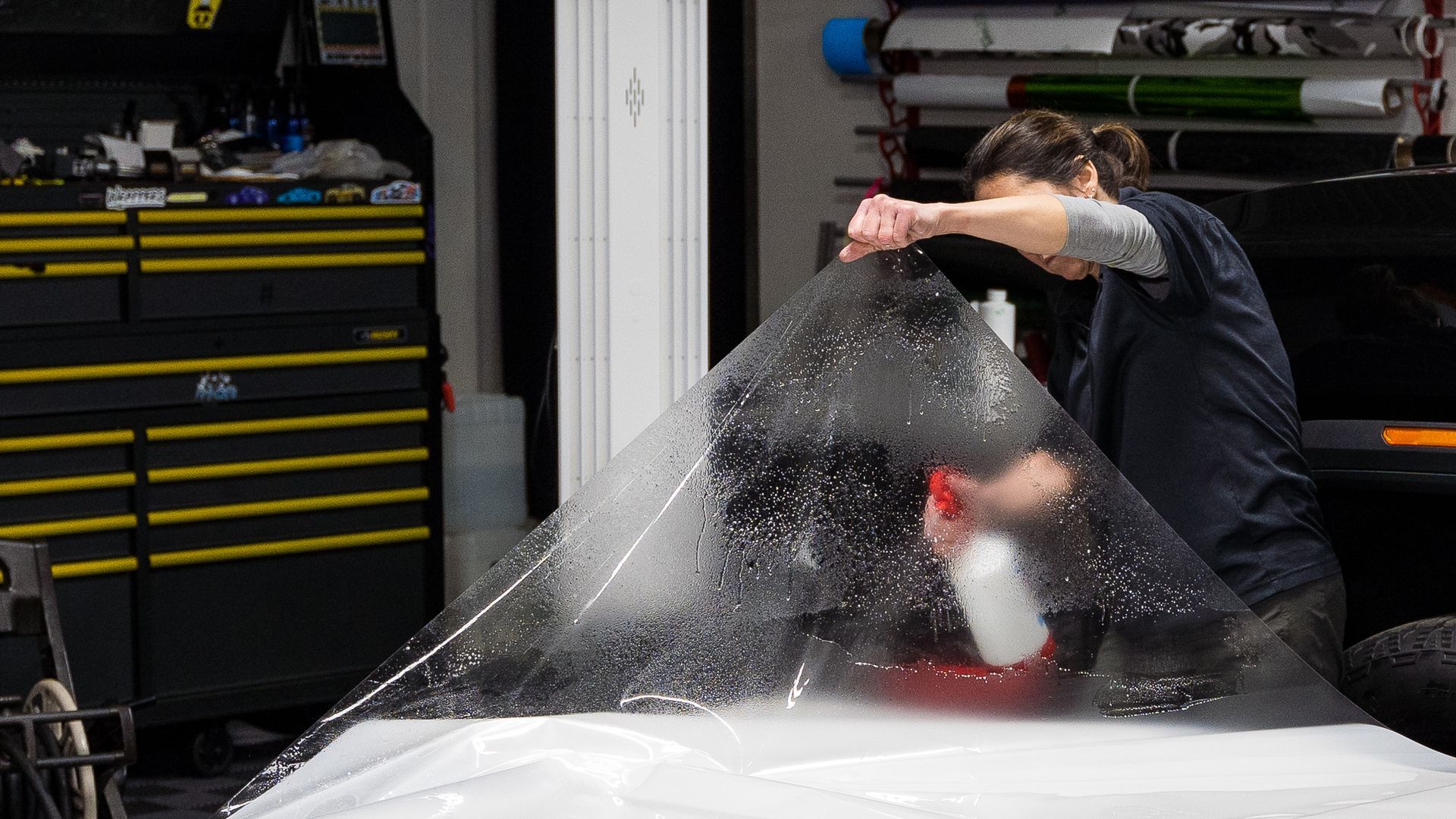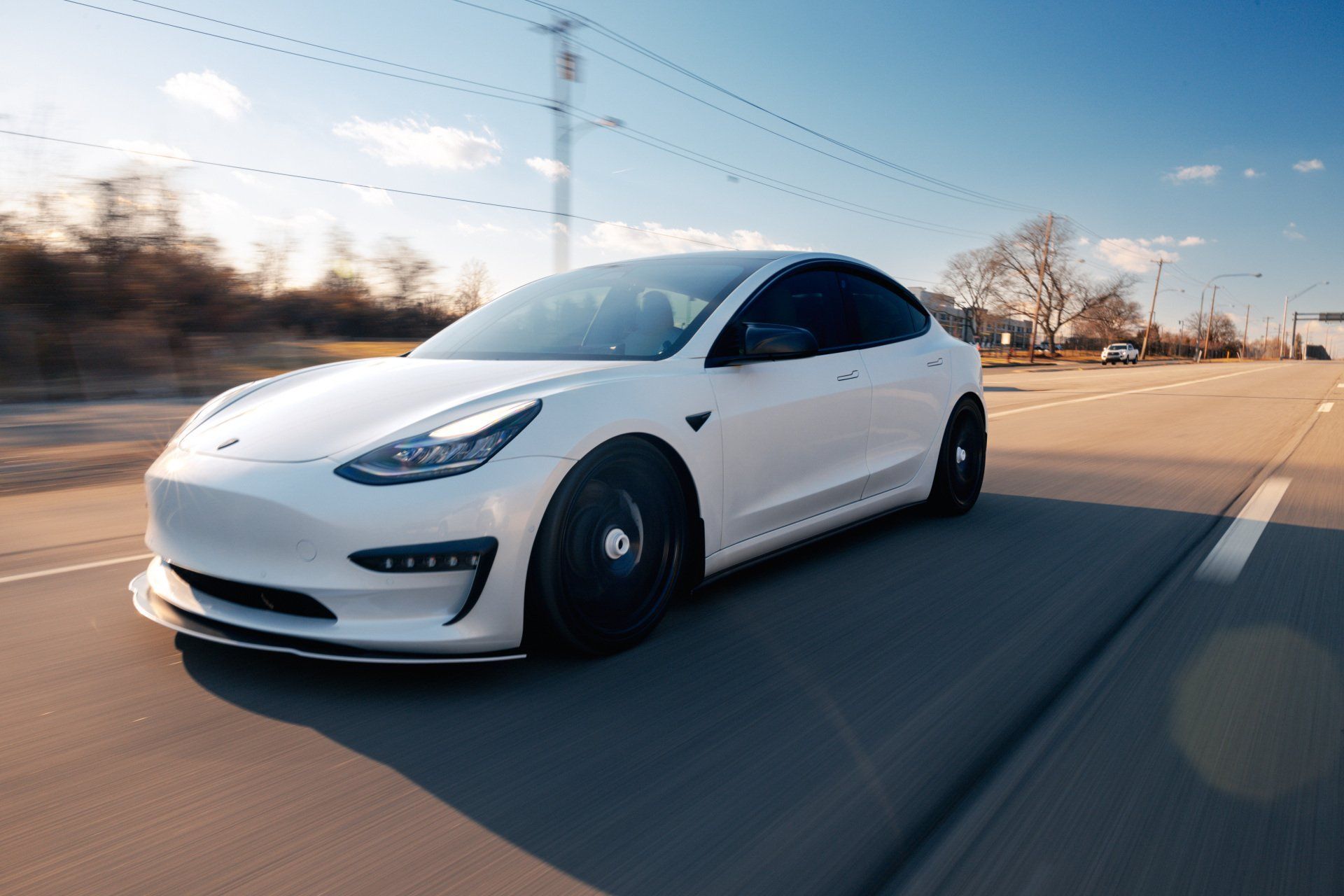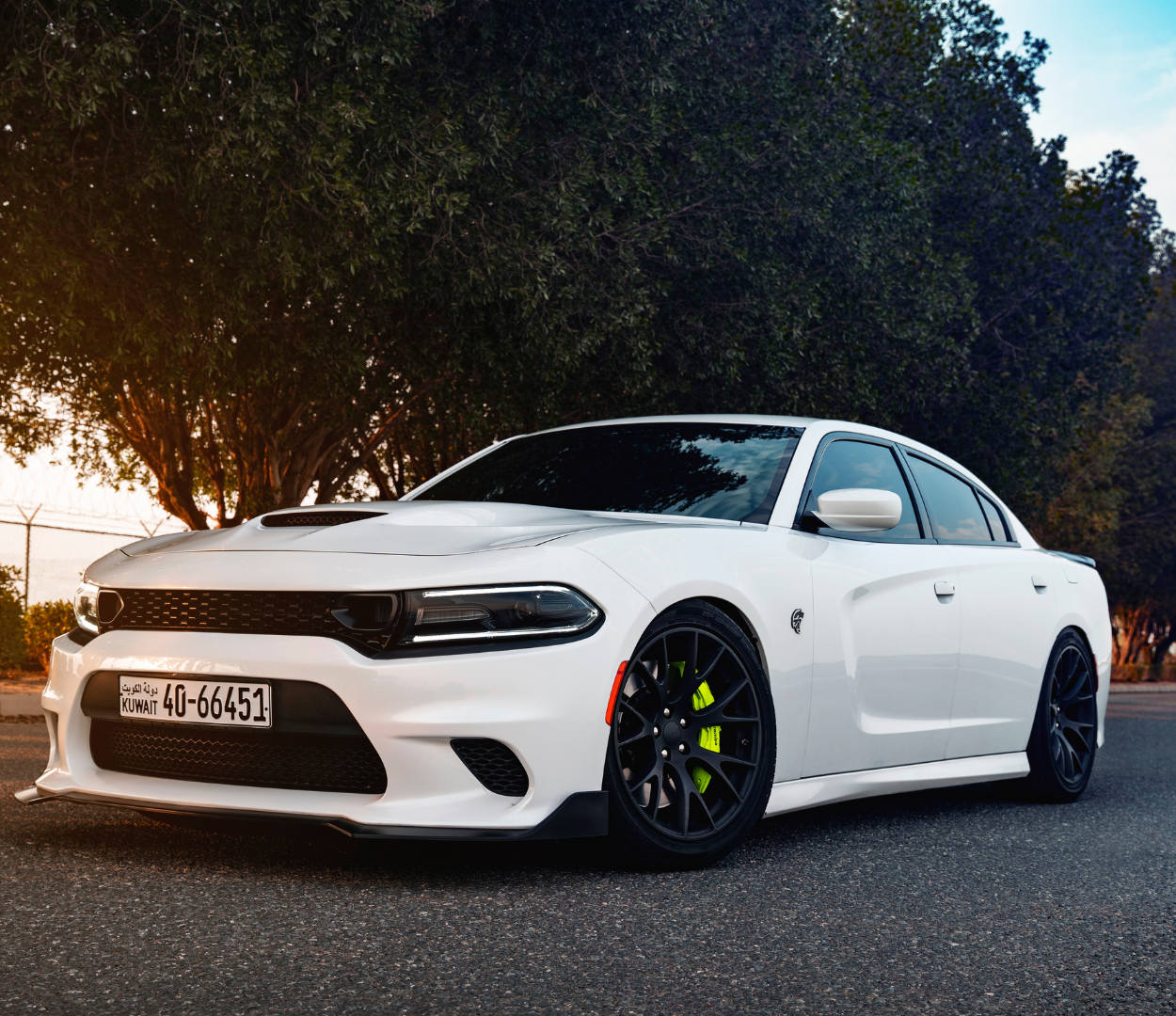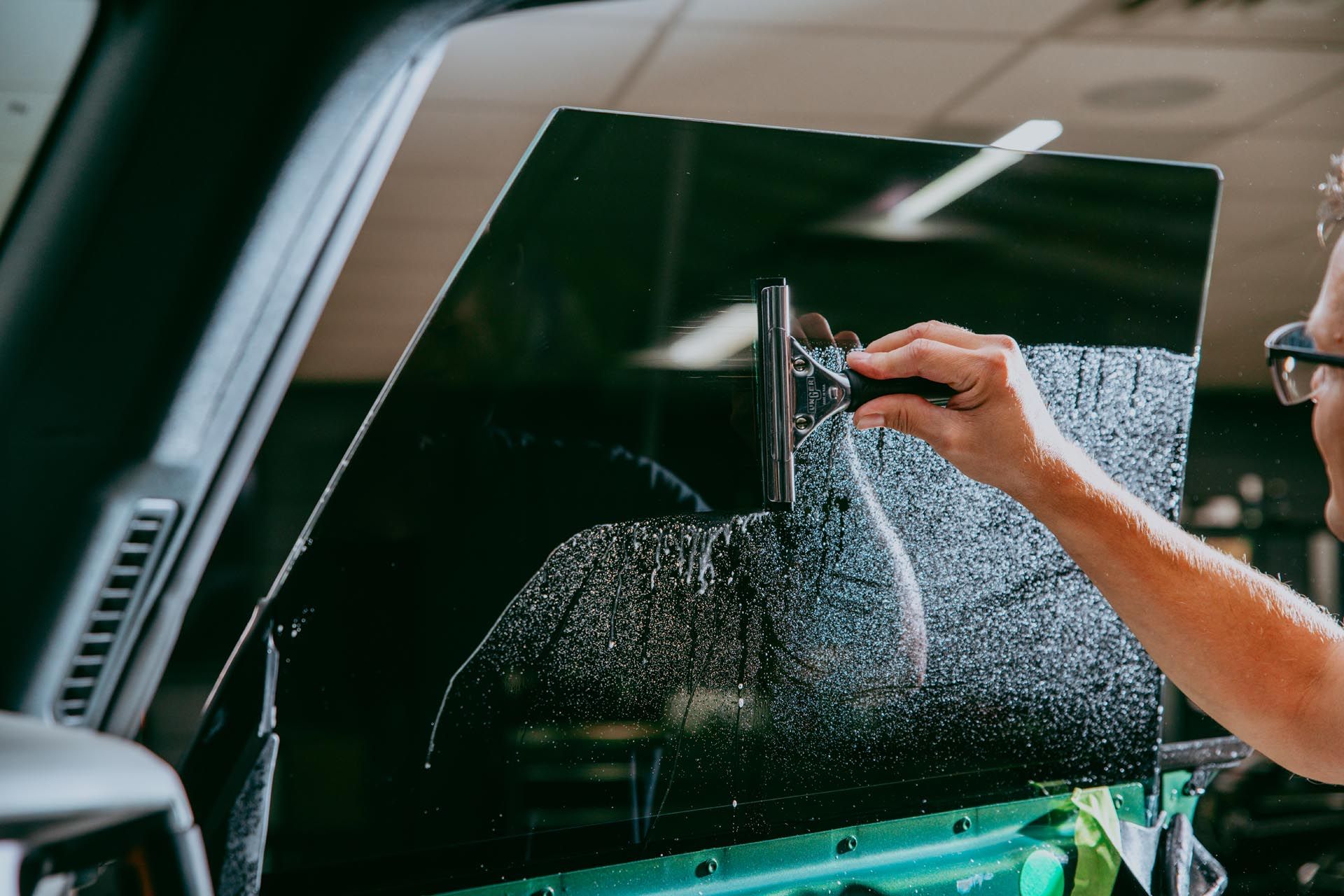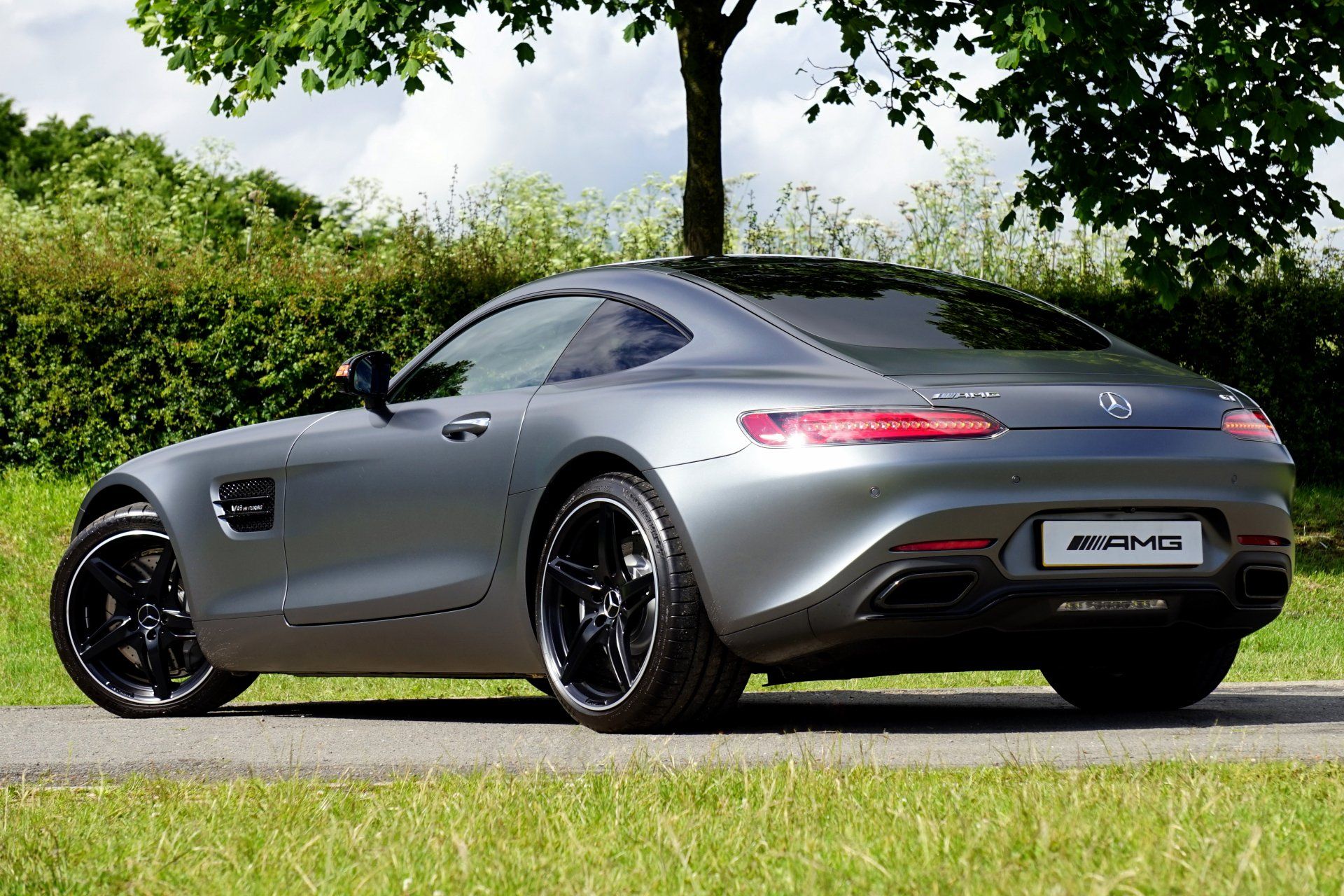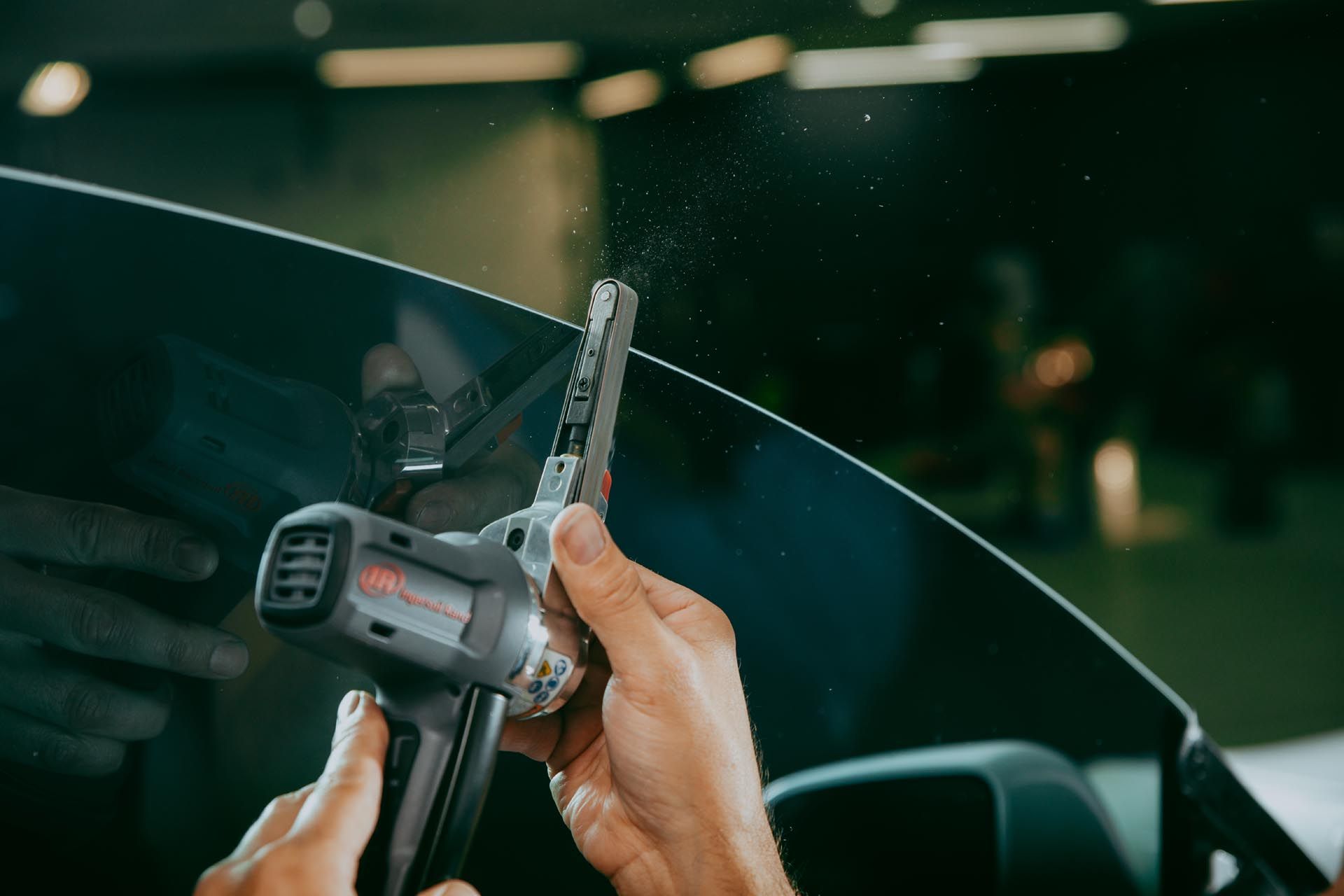The Role of Infrared Rejection in High-Performance Auto Tints: Enhancing Comfort and Efficiency
During the summer, many drivers face the challenge of intense heat and constant air conditioning use. High-performance auto window tints provide an effective solution by blocking harmful infrared radiation and keeping the interior noticeably cooler. This not only enhances comfort but also improves energy efficiency by reducing dependence on the vehicle’s cooling system.
Infrared rejection in high-performance auto tints is crucial for blocking and reflecting infrared radiation, which helps maintain cooler interior temperatures and enhance driving comfort. Additionally, these tints contribute to energy efficiency by reducing reliance on air conditioning, protecting interior materials from heat damage, and providing glare reduction for improved visibility while driving.
Key Components of High-Performance Auto Tints
High-performance auto tints excel in both form and function, making them a popular choice for those looking to enhance their driving experience. Unlike traditional window films, which merely darken the glass, these advanced tints are engineered with layers of sophisticated materials that serve multiple purposes. One of the standout features is their incorporation of ceramic particles, which have significantly transformed the landscape of automotive tinting. These particles provide exceptional heat rejection while allowing for clear visibility—a critical ease when you're navigating traffic. In fact, ceramic tints can block harmful UV rays and prevent solar energy from entering your vehicle. This capability protects not only passengers’ skin from harmful rays but also shields upholstery and dashboard components from fading and cracking over time. Any car owner who has witnessed the deterioration of interior materials knows how costly it can be, making this type of investment worthwhile.
On the other hand, metallic films offer enhanced durability and reflectivity, giving window tint added resistance to scratches while increasing its ability to reflect infrared radiation. This combination of durability and protection is especially valuable in conditions where harsh weather or frequent car washes can degrade lower-quality films. In addition to metallic layers, many high-performance tints include specialized UV-blocking components that provide further defense against harmful rays. These features reduce heat and help protect passengers from long-term sun exposure. Products that incorporate these advanced materials often come with performance certifications and demonstrate superior infrared rejection, improving interior comfort and preserving the vehicle’s condition over time.
How Infrared Rejection Works
Infrared rejection (IR) is an essential concept that determines how well window tints can protect your vehicle from excessive heat. To grasp how this functions, it’s important to appreciate the nature of infrared radiation itself. These rays form a substantial part of the solar energy hitting your car. When the sun shines on your vehicle, it sends forth a barrage of heat; without adequate protection, this energy seeps in and raises interior temperatures significantly. Think of this thermal energy as waves crashing against the shore during high tide—relentless and ever-present. Now, imagine having a special kind of barrier that holds back these waves and reflects them to keep your beach—your car's interior—cool and enjoyable. That is precisely what high-performance auto tints with infrared rejection capabilities do. By incorporating advanced technologies and materials such as ceramic blends, these films work to reflect and absorb infrared radiation, providing an effective shield against heat entry.
In practical terms, a quality IR-reflective film can block infrared radiation, translating to decreased reliance on air conditioning systems. This energy-saving feature contributes to greater comfort while driving and improved fuel efficiency. When IR radiation penetrates car windows, it not only elevates the temperature inside but also contributes to premature wear and tear on your vehicle's interior materials. Over time, upholstery can fade or degrade due to excessive heat, impacting both aesthetics and resale value. Therefore, investing in high-IR films is not merely about comfort; it’s about preserving your vehicle’s integrity for years to come. Moreover, one might liken infrared rejection films to sunglasses for your car. Just as sunglasses filter out harmful rays and enhance visibility, these tints block uncomfortable heat from invading your personal space while still allowing you to enjoy a clear view outside. Additionally, the structure of these films plays a significant factor in their effectiveness. Many high-performance auto tints implement multiple layers with varying functions—some designed primarily for IR rejection while others focus on UV protection or glare reduction.
Benefits of Infrared Rejection
When considering window tints, the conversation often circles aesthetics or UV protection. However, the profound benefits of high infrared (IR) rejection can transform daily driving into an experience of unrivaled comfort. One of the primary advantages is enhanced comfort; imagine stepping into your car on a scorching summer day only to find that it feels surprisingly cool inside. High IR rejection means cooler car interiors, offering relief from the sweltering heat. These specialized films can lower the internal temperature of parked cars by as much as 20-30°F on a sunny day. This reduction translates directly into a more pleasant ride, allowing you to enjoy your drive without sweating away your sanity.
Interestingly, it's not just about comfort; this cooling effect leads to significant improvements in fuel efficiency as well. With a cooler interior environment, drivers don't rely heavily on air conditioning. Less strain on the AC system can lead to better fuel consumption and overall efficiency, which is particularly beneficial in electric vehicles where every bit of energy counts. Lower energy consumption for cooling can even extend battery life during trips, making your journeys more sustainable. Moreover, protecting your vehicle’s materials from degradation is another crucial benefit of high IR rejection films. Prolonged exposure to heat can cause upholstery and dashboard materials to fade and crack over time, leading to costly repairs or replacements. By significantly reducing these harmful temperatures, high IR rejection minimizes the risk of wear and tear and helps maintain your vehicle's aesthetic appeal and resale value. Given these compelling benefits, it becomes essential to weigh various auto tint options carefully to select the right one for your specific needs. Just as you would choose quality ingredients for cooking, opt for window films specifically engineered for high infrared rejection to guarantee optimal performance and longevity.
Comparing Different Auto Tint Options
When it comes to window tinting, not all films are made equal, and each type offers distinct benefits and drawbacks that can impact both comfort and aesthetics in your vehicle. Choosing the right kind of tint can feel overwhelming, but grasping their specific attributes will guide you toward a satisfactory choice.
- Dyed Film: Dyed window film is considered the entry-level option in auto tinting, often selected for its affordability and uniform appearance. While it can enhance your vehicle's look and provide basic glare reduction, its ability to reject heat and UV rays is limited. Over time, dyed film tends to fade and discolor with prolonged sun exposure, which can compromise both its aesthetics and performance. For budget-conscious drivers, it may serve as a temporary solution, but it lacks the long-term durability that more advanced films provide.
- Metallic Film: Metallic window films use a layer of metal particles to reflect sunlight and block a significant portion of heat from entering the vehicle. These films stand out for their shiny, mirrored finish and enhanced heat rejection, which can noticeably lower interior temperatures. However, their reflective properties come with drawbacks: the metallic elements may interfere with electronic signals, including GPS, satellite radio, and mobile devices. While effective for thermal control, they may not be ideal for drivers who rely heavily on in-car connectivity and smart systems.
- Carbon Film: Carbon window tints offer a substantial upgrade in both performance and longevity without compromising signal strength. Designed to block a high percentage of infrared radiation—the primary cause of interior heat—they keep your cabin cooler while resisting fading over time. These films maintain their rich, matte appearance even after extended UV exposure and are a solid choice for drivers seeking efficiency and durability. Though more expensive than dyed films, their advanced composition delivers consistent performance, making them a worthwhile investment for long-term value.
- Ceramic Film: Ceramic tint represents the pinnacle of automotive window film technology, offering unmatched heat and UV rejection capabilities. Engineered without metal or dye, ceramic films block UV rays and significantly reduce interior temperatures. They also maintain full compatibility with electronic devices, ensuring that signals from GPS, mobile phones, and satellite radios remain unaffected. While they are the most expensive option, the exceptional clarity, durability, and protection they provide make them ideal for discerning drivers who prioritize comfort and performance.
Choosing the right window tint ultimately depends on your budget, lifestyle, and performance expectations. While each film type offers distinct advantages, understanding their differences helps ensure you select a solution that aligns with your vehicle’s needs. Whether you prioritize affordability, technology compatibility, or maximum heat rejection, investing in the right tint can significantly enhance your driving experience and protect your vehicle over time.
Proper Installation and Maintenance
The effectiveness of auto tints is deeply intertwined with how well they are installed and maintained. When you invest in a quality tint, it’s like wearing a well-fitted suit; it shouldn't have bubbles or creases that detract from its appeal or functionality. This is why professional installation is key. Not only does a qualified technician have the skills needed to apply the tint evenly, but they also understand the specific requirements for different film types, ensuring optimal alignment with your vehicle's windows. A perfect application prevents any air pockets, allowing the tint to do its job—radiating comfort and shielding you from uncomfortable heat and glare.
- Professional Installation: Choosing a trustworthy service provider like Umbra Window Tinting can make all the difference. Proper installation minimizes the risk of bubbles, peeling, and uneven application while also ensuring optimal performance in terms of heat rejection, UV protection, and clarity. Additionally, reputable providers typically use premium-grade materials that are more resistant to fading and degradation, offering long-term value and enhanced durability. Investing in professional installation is essential to achieving both aesthetic appeal and functional reliability.
- Maintenance Routine: To preserve the quality and performance of window tint, it is important to follow a careful maintenance routine. Avoid using abrasive materials or rough cleaning tools, as these can easily scratch the surface of the film. Regular inspections are recommended to identify early signs of peeling, bubbling, or surface damage, allowing for prompt corrective action. Additionally, parking in shaded areas when possible can help minimize prolonged UV exposure, reducing thermal stress on the tint and extending its lifespan. These preventive measures contribute to maintaining both the appearance and functionality of the window film over time.
Ultimately, the longevity and effectiveness of auto window tinting rely on a combination of expert installation and consistent upkeep. While high-quality films provide advanced protection and comfort, their full benefits can only be realized when paired with professional application and responsible maintenance practices. By prioritizing both, vehicle owners not only enhance their driving experience but also protect their investment—ensuring lasting performance, visual appeal, and interior preservation for years to come.
Impact on Vehicle Comfort and Efficiency
High-performance auto tints provide a refreshing respite from the heat on a hot summer day. By blocking harmful infrared radiation, these tints help lower interior temperatures, creating a more comfortable driving experience. This benefit is especially valuable during long trips or daily commutes in warm climates. Instead of feeling the sun’s intensity and the heat radiating from your dashboard, high-performance tints reduce the thermal load entering through your windows. As a result, there is less dependence on air conditioning, allowing for a more balanced and efficient in-cabin environment.
Comfort Factors
Not only do these tints improve comfort by maintaining cooler cabin temperatures, but they also reduce glare. The sun's harsh rays bouncing off road surfaces can create significant distractions while driving. A well-tinted window helps mitigate this glare, enhancing visibility and occupant safety. Passengers feel cool relief from infrared rejection films during that week-long road trip—where every mile counts—and also experience increased alertness behind the wheel as glare becomes less of an issue.
Enhancing Efficiency
Improved comfort contributes significantly to better energy management within a vehicle. High-performance infrared rejection films help reduce the interior heat load, leading to decreased reliance on air conditioning systems. For electric vehicle (EV) owners, this reduction can support more efficient energy use, potentially extending battery life and driving range. By maintaining a cooler cabin environment, these tints promote a more balanced and sustainable use of energy resources. When selecting auto tints with efficiency in mind, it is advisable to consider products designed for strong infrared rejection, as this feature plays a key role in supporting both comfort and energy conservation.
Investing in high-performance auto tints with advanced infrared rejection technology elevates your driving comfort while significantly enhancing fuel and energy efficiency. Every journey becomes more enjoyable, contributing to safer roads and happier drivers along the way. Incorporating infrared rejection into your vehicle enhances comfort and supports environmental efficiency. With every drive, you're not just enjoying the ride; you're making a positive impact too.
Top-Tier Window Tinting Services in Schaumburg, IL
Ready to experience cooler rides, enhanced privacy, and long-lasting protection for your vehicle? Umbra Window Tinting in Schaumburg, IL, specializes in
professional-grade window tinting designed to block heat, reduce glare, and defend your interior from harmful UV rays. With expert installation and premium films tailored to your vehicle’s needs, Umbra ensures your car stays comfortable and sharp through every season.
Book your appointment today
and discover the difference true craftsmanship makes on and off the road!

